On This Day…March 30th.
Jagdtiger 131 (Panzerjager Abteilung 653) knocked out in Schwetzingen, Germany, on March 30th, 1945.
US Navy K-class airship K-111 on exercises with Escort Carrier USS Rudyerd Bay (CVE-81) off San Diego, California, on 30th March, 1943. K-class airships were non-rigid airships, or blimps, that were developed from early 1930’s designs. The Goodyear Tyre Corporation had been using airships for advertising since the 1920’s and in 1937, the US Navy ordered a prototype airship from Goodyear on a larger scale. The prototype was the K-2 and first flew on December 6, 1938 in Akron, Ohio.
An unpainted Messerschmitt 262 (Wk.Nr 111711) 'surrendered' by Luftwaffe test pilot and flight instructor Hans Fay on the 30 March 1945 (although this photo was actually taken two days later).
Photos of the outside and inside the turret of a Comet (essentially an upgraded British Cromwell) - T335126 - of the 23rd Hussars, struck twice by 88mm fire - 30th March, 1945.
A Gladiator fighter of Flying Regiment 19 'Swedish Voluntary Air Force' of the Finnish Air Force, Kauhava, Finland, 30th March, 1940.
TBF-1 Avengers from the USS Essex (CV-9) dropping a practice torpedo from 150 feet, Gulf of Paria, Trinidad, 30th March, 1943. Note the porpoising early Mark XIII torpedo.
On March 30, 1939, the Heinkel 100 single engine piston powered fighter prototype set a new World Speed Record at 463 mph (745 kph).
Incredibly, although then the fastest plane in the world, the He 100 was not put into production.
The reasons given for not producing this potential (at the time) super-fighter vary with the source, but the bottom line is that the fortunate Allies did not have to face a German fighter years ahead it’s contemporaries.
US Army Privates George Cofield and Howard Davis manning an anti-aircraft Unit near a bridge under construction over the Rhine River, March 30th, 1945.
The night of March 30th 1945 saw Bomber Command’s greatest losses in a single raid. Of 572 Lancasters, 9 Mosquitos, and 217 Halifaxes, 95 bombers were lost. The target was Nuremberg and one shocked gunner, looking upon the German countryside from the tail end of his Lancaster would describe his...“comrades’ funeral pyres stretching 60 miles into the distance”.
Come the dawn of March 31st, more than 700 men failed to return and the RAF alone lost more men in one night than in the entire Battle of Britain.
British Comet tanks of the 11th Armoured Division in Germany, March 30th, 1945.
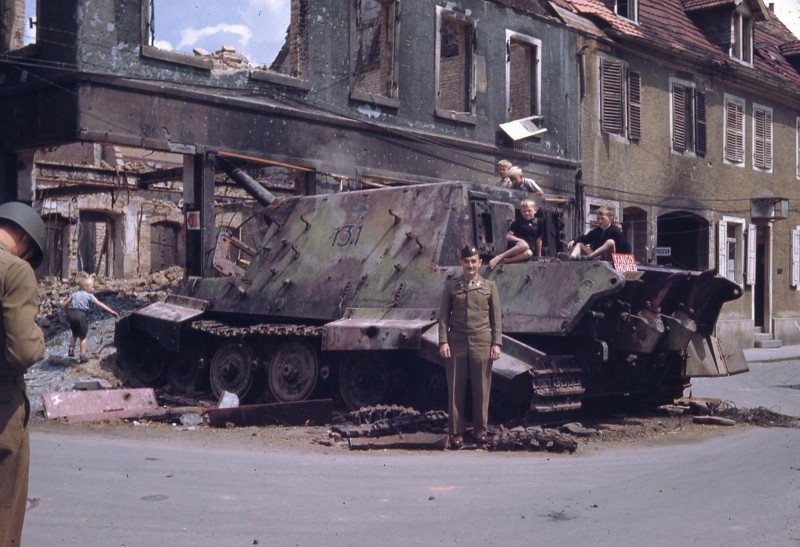
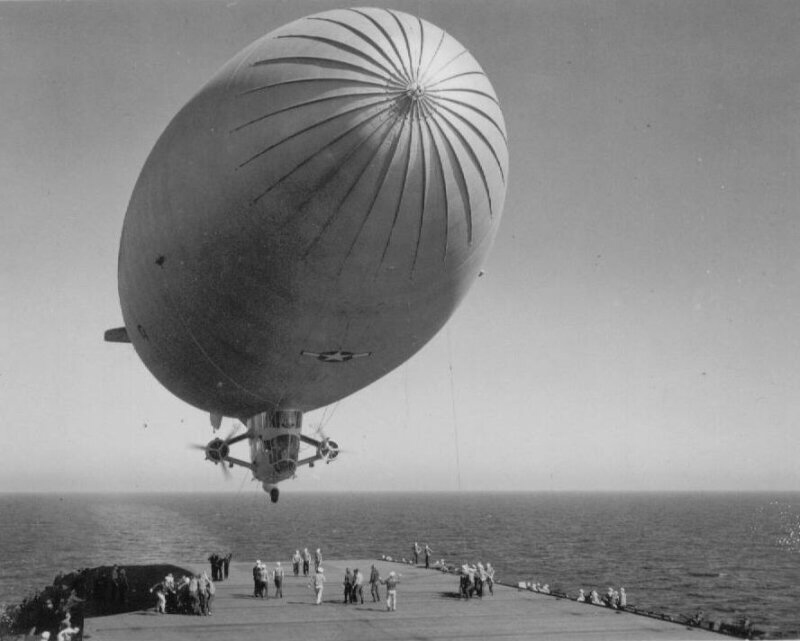

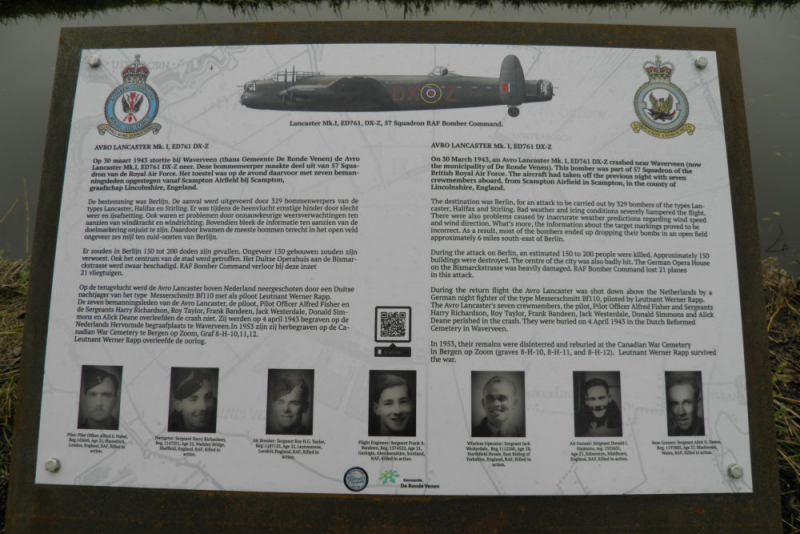
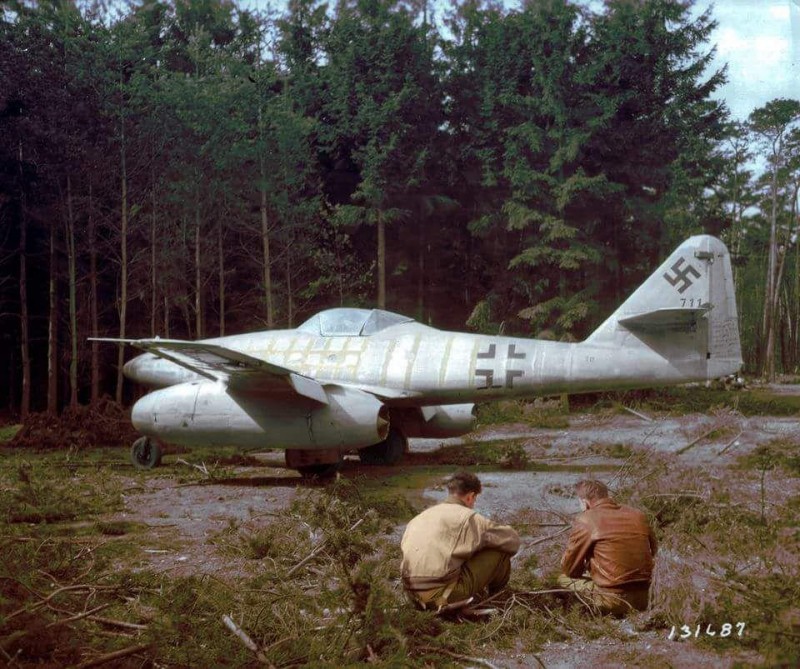
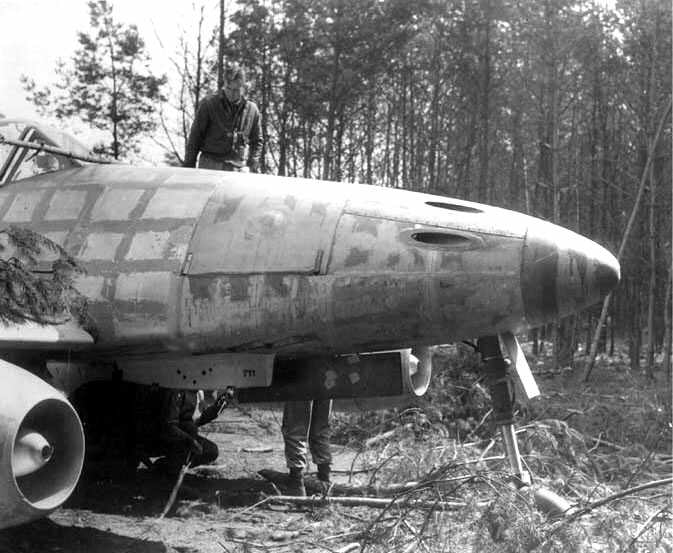
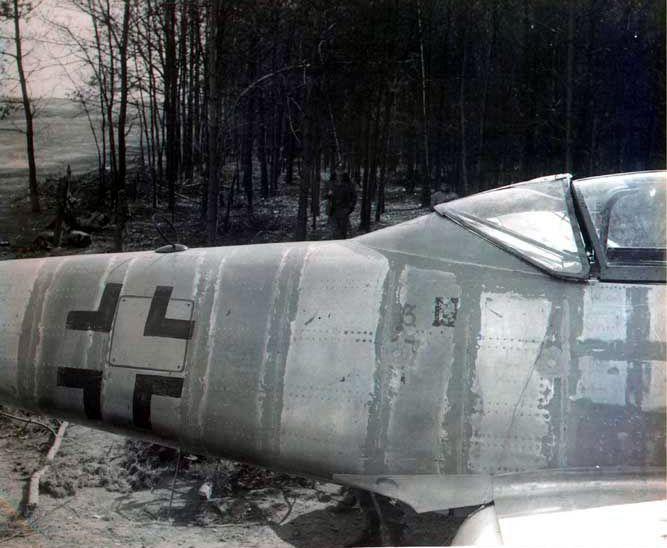

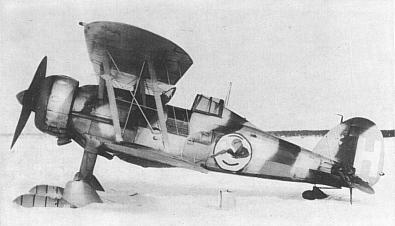
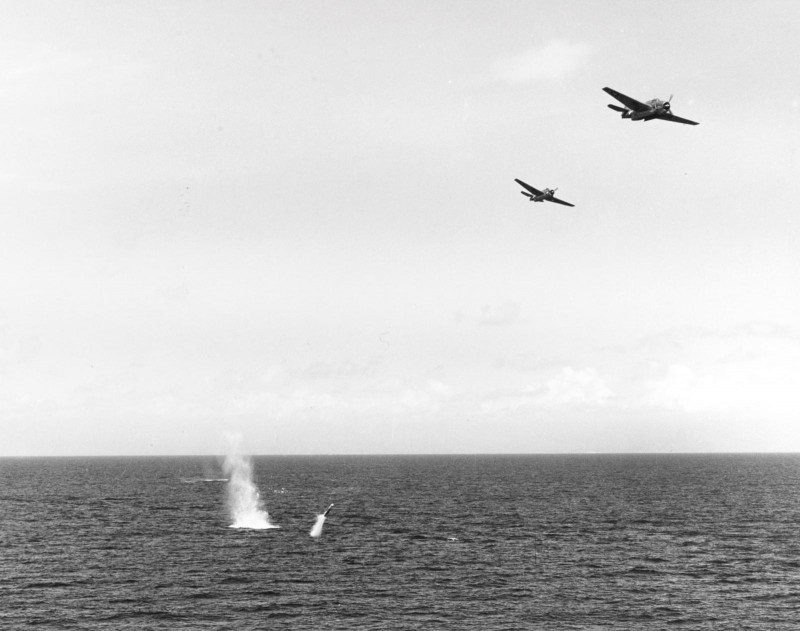
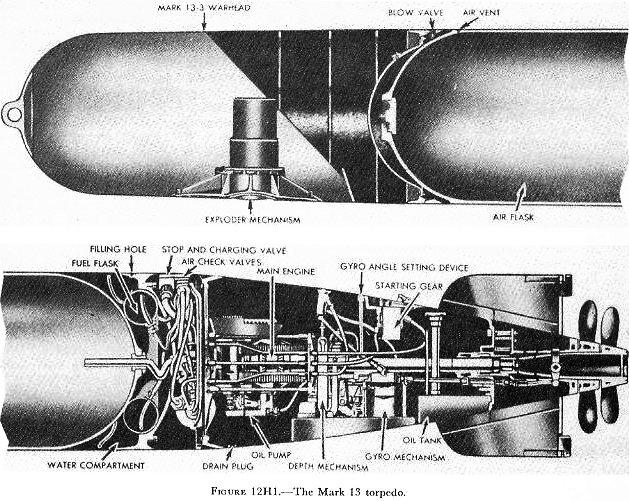
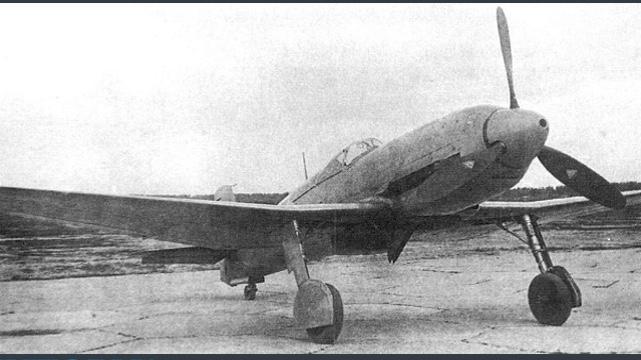
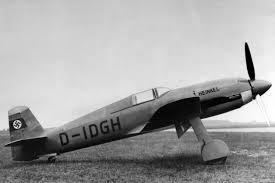
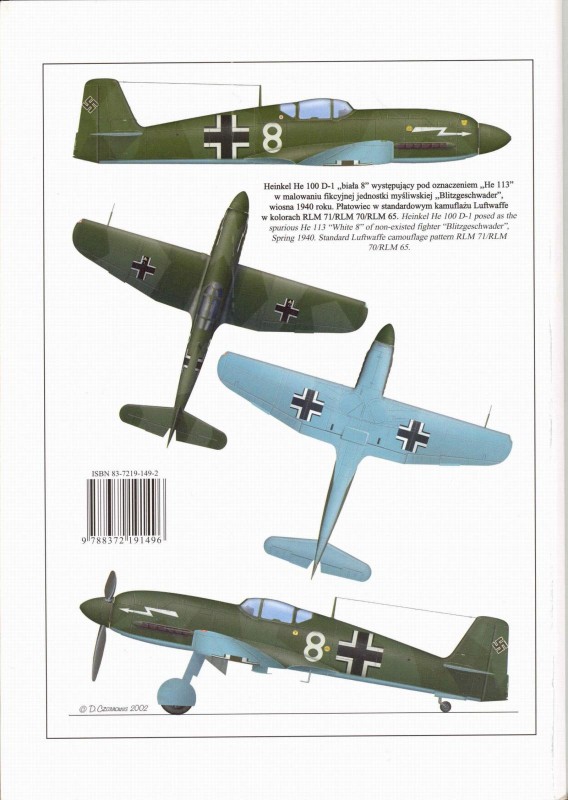
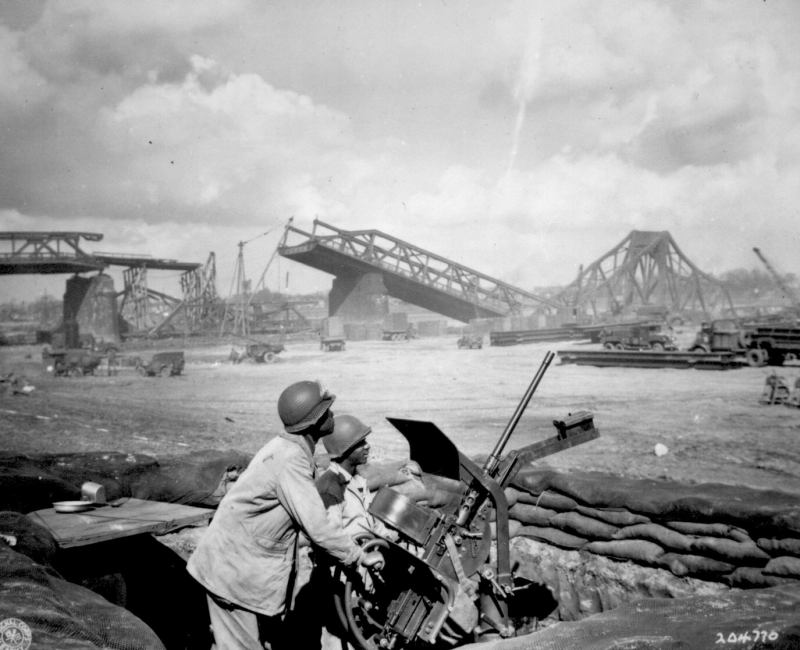
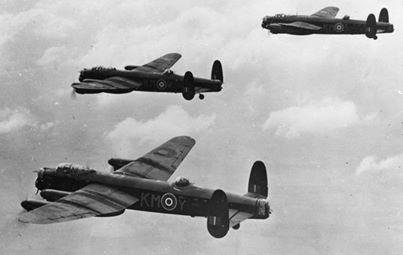
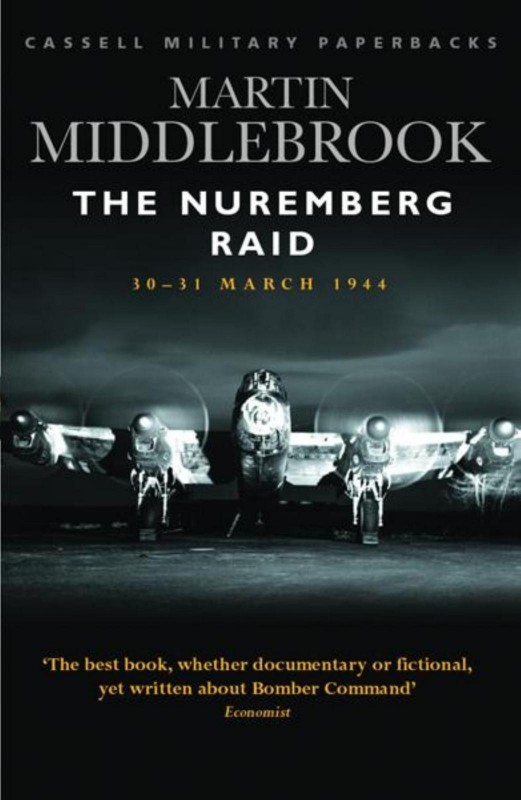

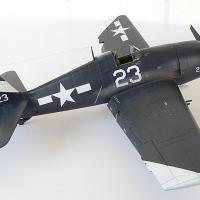

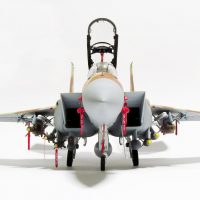
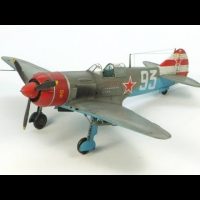
Martin Middlebrook's account of the Nuremberg Raid is indeed excellent, but an even better history of the fakakte that was Bomber Command (50,000 men lost for no purpose, certainly none of the "war winning" promised by the Trenchardist war criminals masquerading as Air Marshals) is Sir Max Hastings' "Bomber Command." There's a reason why "Bomber" Harris never got a statue, and why the memorial to Bomber Command is to those sacrificed for the lie of "strategic" bombing. (After the war, Curtis LeMay told Robert MacNamara that if they hadn't won, "We'd be the ones in the prisoners dock at Nuremberg.")
The Nuremberg Raid was the end of Harris' "Battle of Berlin" that he started in November 1943. "It will cost Bomber Command a thousand men; it will cost Hitler the war." It did neither. During the five months of the campaign, over 600 bombers and 4,200 aircrew were lost, the men killed or POWs, for nothing more than turning Berlin into ruins. The only real value of the "strategic" bomber campaign was in the spring of 1944, when the B-17s and B-24s were good "bait" for the Luftwaffe to come up so the fighters could shoot them down and thus guarantee Allied air superiority on D-Day, the entire purpose of the campaign.
Strategic bombing accomplished nothing in World War II on its own. The only really successful bombing campaign of the war was the Brenner Pass campaign from November 1944-April 1945 that cut off the German Tenth Army in Italy from supplies, leading to their surrender 10 days after the Allied 1945 spring offensive commenced.
The Luftwaffe produced more airplanes in 1944 at the height of the campaign than it did in the three years previous (of course they had no pilots, since the good ones had been shot down by the fighters).
The same is true of Japan. The B-29 fire raids did nothing to break the national will, any more than the Luftwaffe broke the will of the British or Bomber Command broke the will of the Germans bombing cities. And the two A-bombs had nothing to do with the Japanese surrender - on August 9, the day Nagasaki was bombed, the records of the Japanese War Cabinet make no mention of it, they were fixated on the Soviet invasion of Manchuria that day and the knowledge that all the soldiers who could have fought there were on Kyushu waiting for the Americans.
What made the Japanese surrender was the entry of the Soviet Union into the war - the one thing they hadn't expected - and the fact that the Soviets were set to invade Hokkaido in September, while the Japanese had all their defenses on Kyushu against the Americans. They already knew by then what had happened to Germany when the Red Army came in, and they didn't want it to happen to them.
The sacrifices of the brave young men of Bomber Command and the USAAF had as much to do with victory in World War II as the "cannonfodder" British losses at the Somme in 1916 had to do with winning World War I. Just sacrifices to morons, who created public relations campaigns to prove that up is really down. Sorry for all those who have believed the mythology of the victors, but that's the historical truth.
What is it they say... “history is written by the victors”. In a strange way, writing this series has had an inoculation effect for me against the strategic and political wrongs that litter our human history. Drilling into the personal stories, the individual battles, the micro-stories, gives me a much more positive narrative on war.
I’ve seen it myself; give a man a uniform, a gun, some power, and he can become something less than human - whatever ‘side’ he’s on. Equally, despite national or political affiliations, we are capable of truly outstanding acts of valor, bravery, kindness, and altruism.
It kind of mirrors my take on people. As a mass, I really don’t like folk. I hate crowds, dislike parties, and just can’t abide ‘small talk’. But individually, I can almost always find something to connect with.